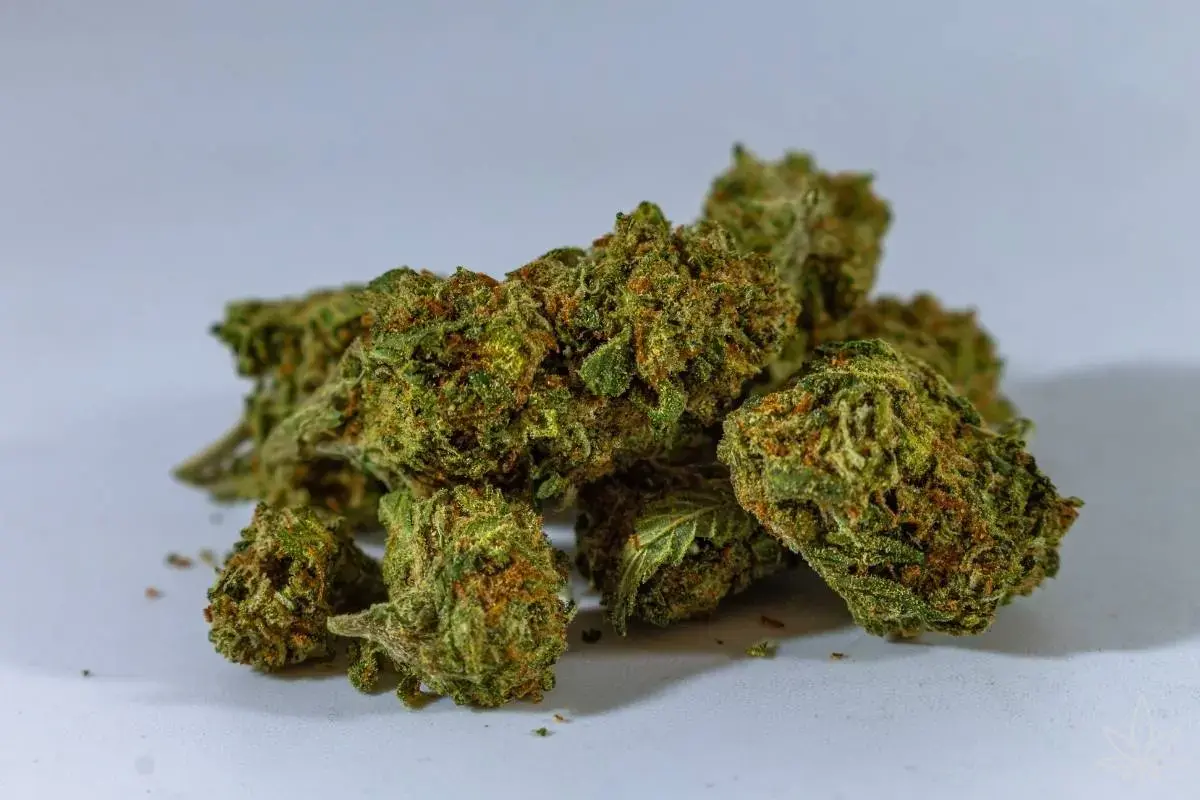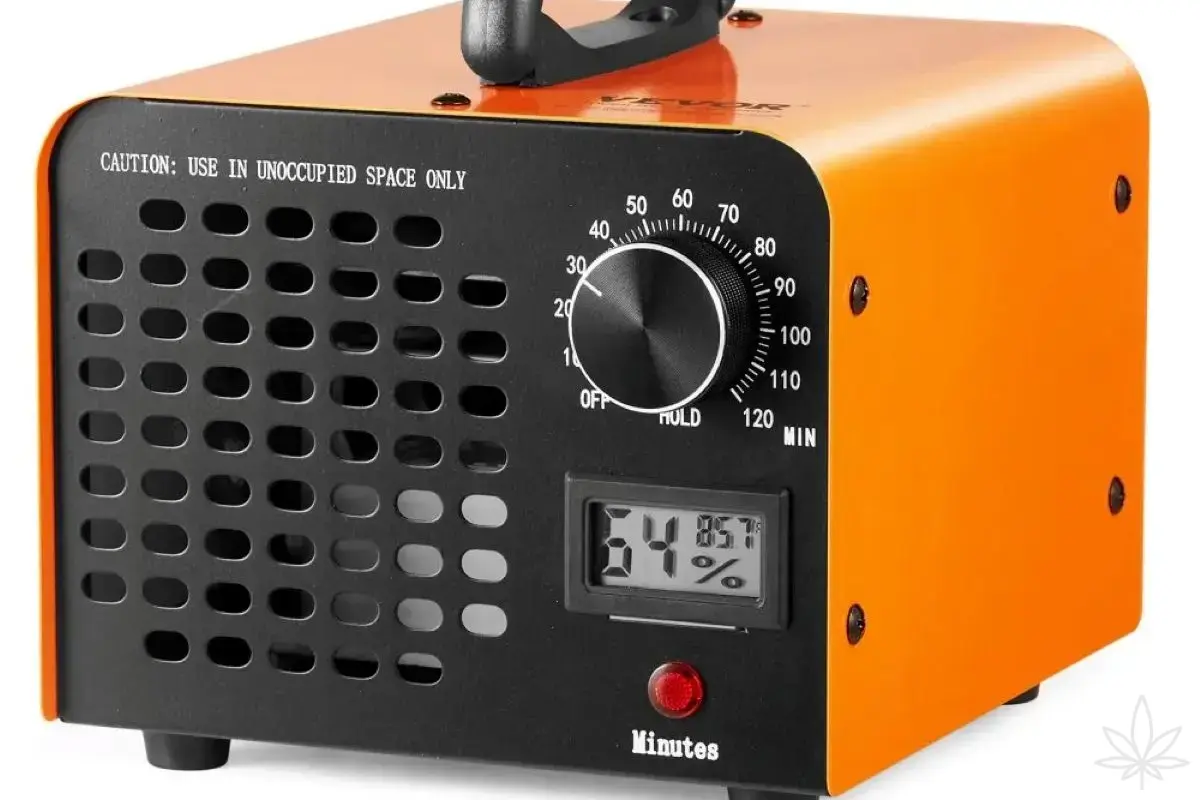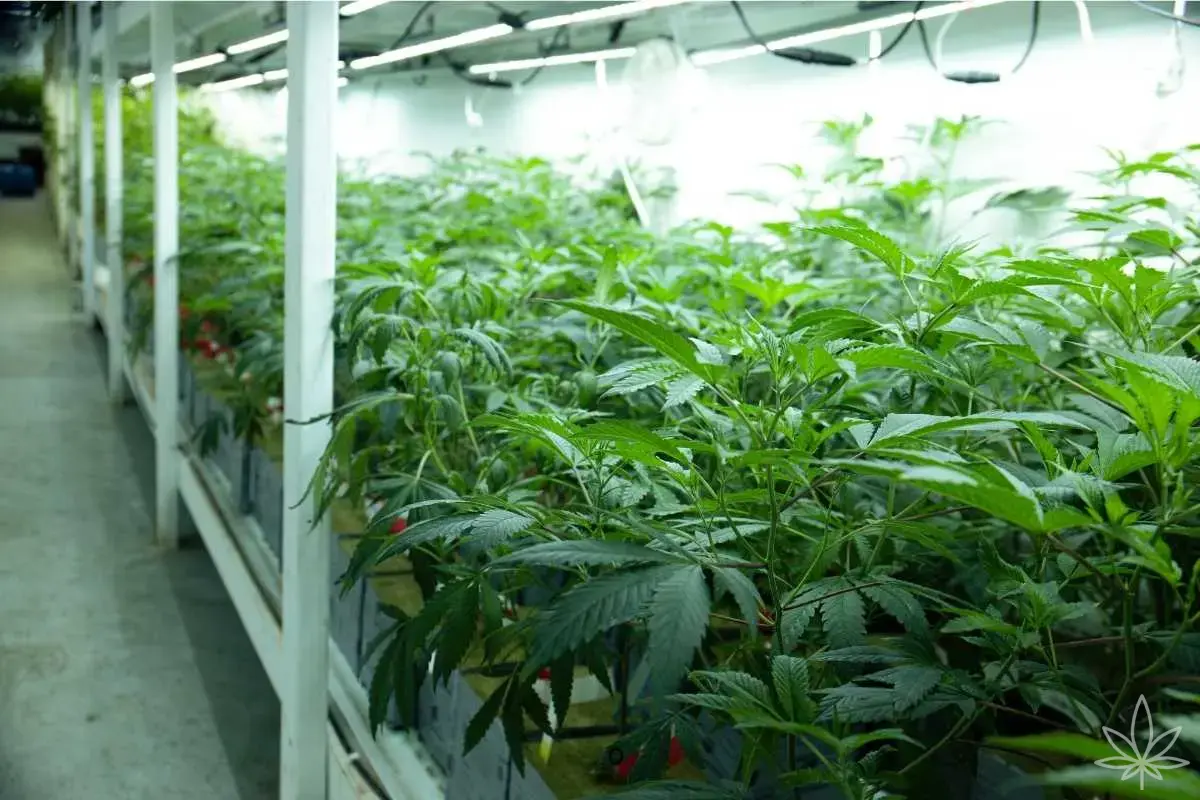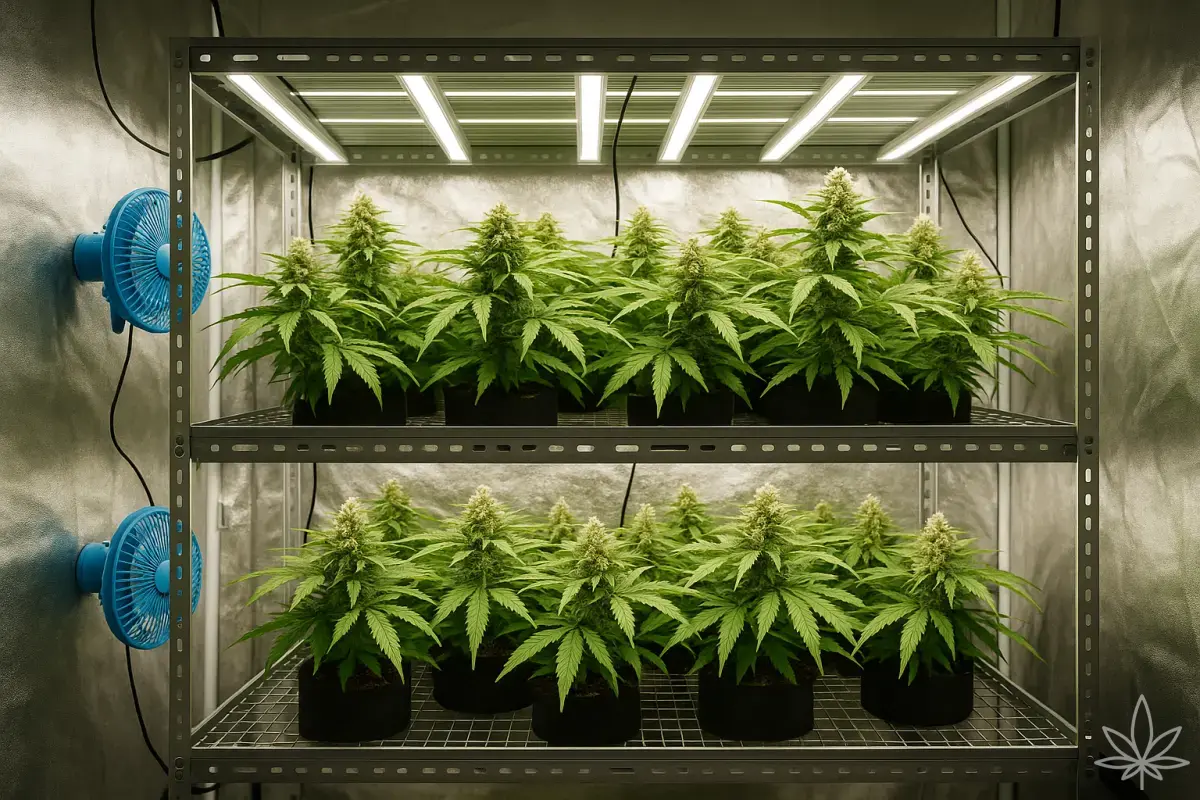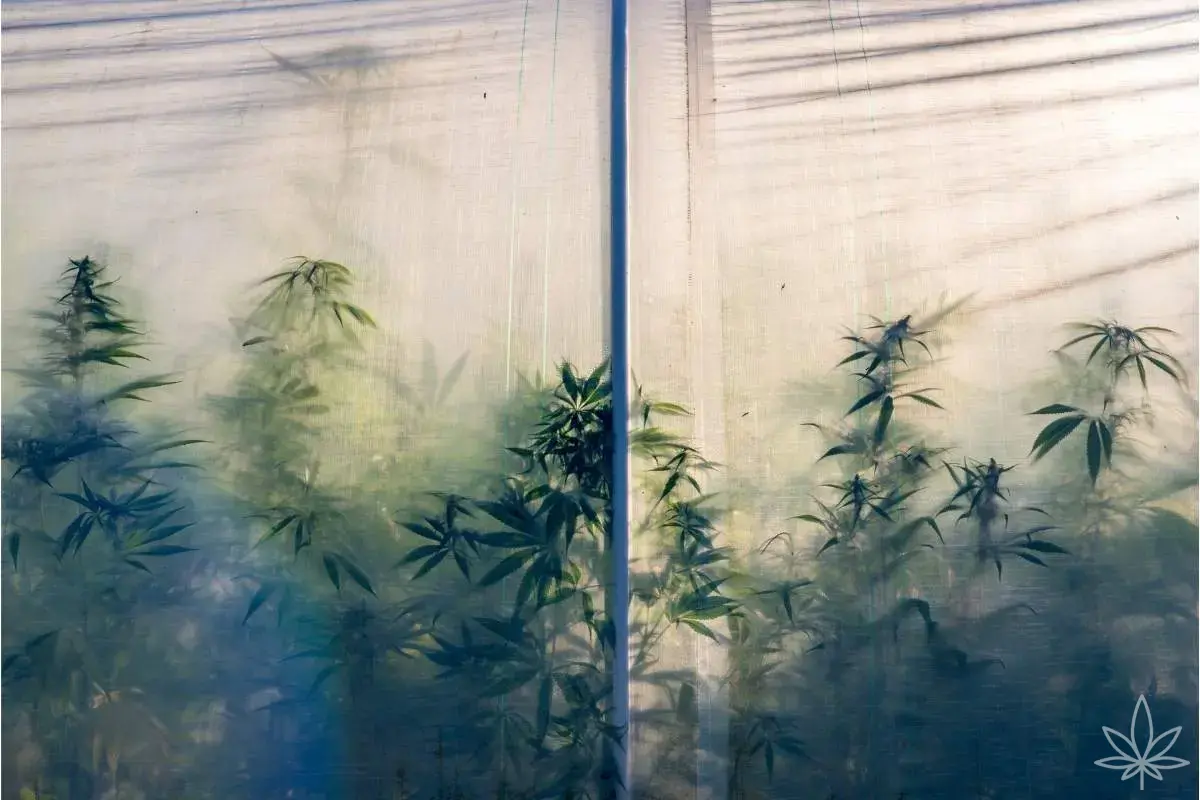Many beginners think success in cannabis growing ends with the simple fact that the plant grows and flowers. True, that first harvest is a huge satisfaction – even if the buds are a bit airy, taste grassy, and don’t smell like you imagined. But once the next cycle begins, the natural question arises: what can I do to make it better?
This is where the real adventure of a grower begins – optimization. This stage teaches us that yield is not only about grams per watt, but also about quality: the density of buds, their smell, potency, and the purity of the high. And it’s not about “magic fertilizers” or secret tricks, but rather the art of controlling the environment in which the plant grows.
Light – the heart of the grow
Think of your plant as a chef: the better the ingredients, the better the dish. For cannabis, the most important “ingredient” is light.
In recent years, LED technology has revolutionized growing. Where 600-watt HPS lamps once ruled, today a high-quality 300–350 W LED panel is often enough. The difference is enormous: less heat, lower electricity bills, and a broader spectrum of light that helps the plant build denser, heavier buds.
But wattage alone isn’t the whole story. The key is PPFD – the density of light reaching the leaves. In flowering, plants thrive in the 700–1000 µmol/m²/s range. Too little light and buds stay airy. Too much and plants suffer from light stress, trichomes bleach, and yields stagnate rather than rise.
Air – the invisible ingredient of success
People often talk about nutrients, lights, and genetics… while forgetting about air. Yet the plant breathes through every pore of its leaves, and buds can only mature properly with the right airflow.
Ventilation in a grow space plays two roles: it provides fresh oxygen and removes excess humidity. If the air is stagnant, a thin film of moisture builds up on leaves – an open invitation for mold. That’s why an exhaust fan should replace all the air in the tent at least once per minute. On top of that, oscillating fans should keep leaves gently moving. This not only prevents mold but also strengthens stems, making the whole plant sturdier.
For advanced growers, there’s also the subject of carbon dioxide. When plants get intense light (>1000 µmol/m²/s), their natural rate of photosynthesis is limited by CO₂ availability. Adding supplemental CO₂ can boost yields by up to 20%. But this only makes sense once everything else is already dialed in.
Temperature and humidity – the climate that shapes buds
Every grower dreams of dense, rock-hard buds. The key lies in climate control.
- During vegetative growth, plants prefer higher temperatures (22–28°C) and higher humidity (50–70%). This helps them build plenty of green mass quickly.
- In flowering, conditions change. Temperatures should drop to 20–26°C, and humidity to 40–50%. This shifts the plant’s energy into flower production instead of leaves.
- In the last two weeks, dropping humidity further to 35–40% makes buds denser, heavier, and less prone to mold.
Nighttime temperatures also matter. If it gets too cold (below 16°C), nutrient metabolism slows down. But a mild drop can be beneficial: many strains develop beautiful purple tones when nights are cooler.
Nutrients and bud flavor
Nutrients are one of the most misunderstood parts of growing. Beginners often believe that “more is better.” In reality, balance and observation are everything.
- In vegetative growth, nitrogen dominates – it fuels leaves and stems.
- In flowering, phosphorus and potassium take the lead, building large, resinous buds.
- Micronutrients (calcium, magnesium, iron) act like catalysts – without them, plants can’t fully use what they’re given.
A common beginner’s mistake is too much nitrogen in flowering. The result? Leafy, loose buds that burn poorly. That’s why in the final phase of flowering, it’s wise to cut back nutrients and let the plant “flush” itself. The payoff: cleaner, tastier buds.
Odor control – discretion and comfort
The smell of ripening buds can be wonderful, but also problematic with neighbors. In indoor grows, a carbon filter attached to the exhaust fan is practically mandatory. It’s simple, reliable, and solves 99% of odor issues.
Some growers use ozone or ionizers, but these can damage terpenes if overused. Neutralizers like ONA gel work well as backup, but they can’t replace a carbon filter.
How it all connects
Light, air, temperature, humidity, nutrients, and odor control – they’re like instruments in an orchestra. If one plays off-key, the whole performance suffers. But when everything is tuned together, the result is spectacular: heavy, resin-coated buds that smell intoxicating and deliver the effect they were bred for.
Table – optimal environmental parameters
| Stage | Day temp | Night temp | Humidity | PPFD (µmol/m²/s) |
|---|---|---|---|---|
| Germination | 22–26°C | 20–22°C | 70–80% | 100–200 |
| Vegetative | 22–28°C | 18–22°C | 50–70% | 400–600 |
| Flowering | 20–26°C | 16–20°C | 40–50% | 700–1000 |
| Finishing | 18–24°C | 16–18°C | 35–40% | 700–900 |
FAQ
Does more light always mean higher yield?
No. Light must be balanced with nutrients and CO₂. Too much light with poor ventilation causes stress instead of bigger buds.
Is CO₂ supplementation worth it in a small grow tent?
Not really. It only makes sense with powerful lighting (600 W+ LED/HPS) and a sealed grow tent.
What’s the easiest way to improve bud quality?
The simplest trick: lower humidity in the last two weeks and keep airflow steady. Buds will become denser, stickier, and more resinous.
Conclusion
Yield optimization isn’t about one magic trick – it’s the sum of many small decisions. It’s the patience to adjust your lamp height carefully. The discipline to monitor temperature and humidity daily. The wisdom to ease up on nutrients at the right time to improve flavor.
Every grower moves from “just harvest” to “harvest well.” And once you feel the difference – when instead of fluffy buds you hold heavy, sticky, aromatic flowers of your own making – that’s when you know you’ve truly leveled up.

